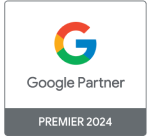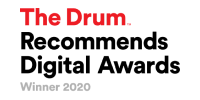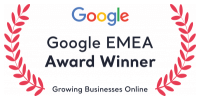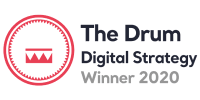Typically, Paid Media was seen as the go-to online promotion tool for businesses – an internet advertising model built to drive traffic to websites through the use of precise and accurate data. PR, however, is defined by its organic approach to amplification, its creativity, and the art of great storytelling.
In short, one’s analytical, one’s creative.
In a time when the digital-sphere is changing rapidly, brands and businesses are moving away from the ‘hard sell’ and taking a far more emotional approach to their marketing and messaging.
In line with that, Paid Media is adapting. It’s changed entirely here at Hallam, to the extent that it’s been rebranded as Paid Media, an all-encompassing tool rather than just PPC (Pay Per Click).
What hasn’t changed, though, is the wealth of consumer data and targeting tools at Paid Media’s disposal, thanks to a helping hand from Google. And, by combining that with PR’s flair, creativity, and eye for a great story, the two functions appear to be, actually, a match made in heaven.
So, yes, PR and Paid Media, historically, haven’t spoken and collaborated all that much. That’s why I decided to have a chat with our Head of Paid, Jack Brown, for this article to answer and outline just how brands and businesses can combine their Paid media and PR activity to make their content work far harder.
Adopting a far more targeted approach to content amplification
These, typically, are the three steps that happen once you have created a great piece of content:
- It’s uploaded to your website
- It’s shared across your social media and email marketing channels
- It’s outreached to external publications
From there, you can keep on top of how many shares it has received, the engagement it garnered, and how many pieces of coverage and links it has acquired.
Delve a little deeper, and you can use tools like Google Analytics to see how your content is performing in relation to referral traffic, page views, the average time that a consumer spent with the piece of content, and what the bounce rate percentage is on that page.
However, wouldn’t it be far more beneficial to tap into Paid’s expertise and wealth of data to ensure your content is seen by exactly who you want to see? Even right down to job title, sector, and age?
This is what my colleague, Jack Brown, had to say: “The biggest thing from a Paid Media perspective is that in the past, it has largely been about performance marketing – spend £10, get £100 back, so to speak.
“That’s where we were in the past, but since we have changed to be more focused on the full funnel and on awareness, consideration, and conversion – pushing consumers through different stages – that’s where the content types become incredibly important.
“If you’ve got a great piece of content or PR and there are no exclusivity deals in place, there’s a wealth of things Paid Media professionals can do with that. That content can be as targeted as you want it to be, depending on the network that it is being pushed on. Paid Media can, essentially, use all of the data that is available on that platform, down to the sector, job titles, company sizes, age, and location, and tie that perfectly in with a PR article.
“With organic content, you’re often placing that on a website and hoping your audience sees it. However, with Paid Media, we begin with the audience and tailor our approach accordingly.”
Case Study: The Future of Digital Marketing: 2021 edition
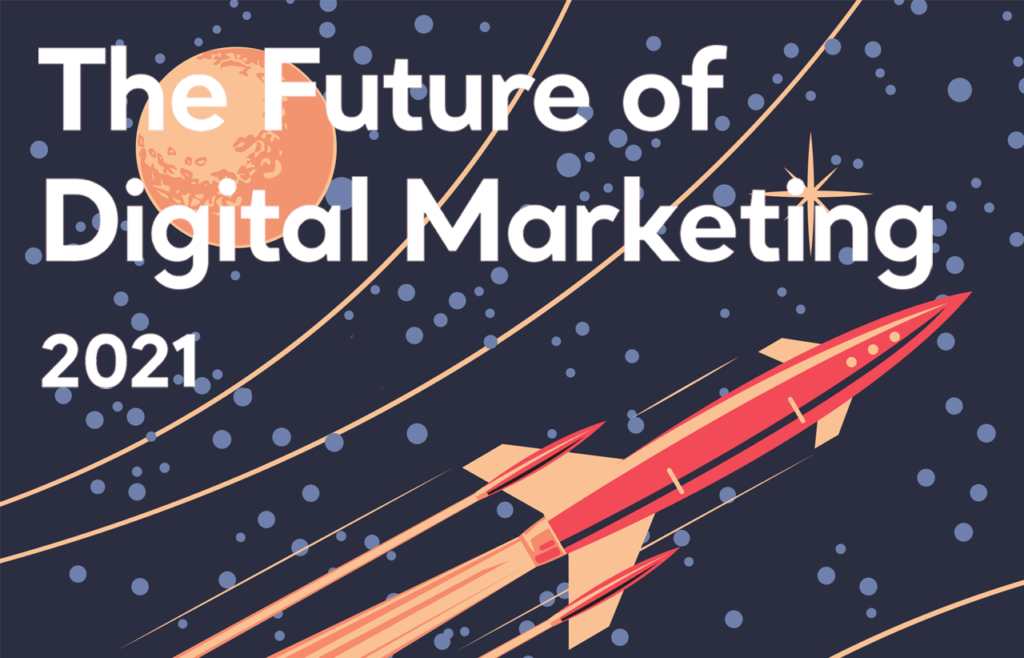
A significant part of long-term brand building lies in the work that is done in the awareness and consideration phase of the sales funnel.
Again, PPC, typically, has been utilised to gently push consumers through the conversion process where PR and content marketing takes a long-term approach, focusing on raising awareness of a product, service, or message – the first phase if you will.
But what happens if you use the Paid function to support that first phase?
For this, we will use Hallam’s 2021 instalment of The Future of Digital Marketing eBook – a free piece of long-form content built purely to educate the reader. As well as combining many of the organic amplification methods, we used Paid to target specific job titles within specific sectors and, it was successful and led to the agency acquiring multiple business leads and arranging a webinar for those leads.
Here’s what Jack had to say: “Content being amplified through Paid is something that has largely been neglected in the industry in the past. As we start pushing awareness and consideration, content has got to be tailored to the right stage of the funnel that the user is in.
“With awareness, you’re targeting people that haven’t really heard of your brand before or what you sell. In that stage, they’re not going to respond to the hard sell, the PPC ad pushing a product.
“That essentially is the same as someone standing on the high street just trying to sell directly to you. You have to nurture consumers through the funnel.
“Take the Future of Digital Marketing eBook as an example. That was providing content, it added value at a top-level, and asked for nothing in return. When it comes to awareness, that is a perfect example of how content and Paid can work in unison.”
Using Paid Media to make more educated content decisions
Ask yourself a question, how do you make decisions when it comes to what content you’re going to create?
It could come down to what is currently happening in the industry, a business insight, a new trend that has been spotted, or a new product launch, or even a consumer survey.
More often now, free data such as Google Trends and Answer The Public are being used to discover and articulate what people are searching for in relation to specific phrases. In turn, PR and content teams can produce content that is tailored and answers specific questions.
By using Paid Media, those teams can go one step further. You can identify what search terms and questions are taking consumers to specific pages on a website, and what the volume of that is. Paid Media can show how long they’re spending with that content and the type of people making those searches.
With such information, PR and content teams can produce meaningful content that answers the questions consumers are actually asking. Better yet, it is truly measurable and can provide evidence of what further steps can be taken to support a customer on their conversion route.
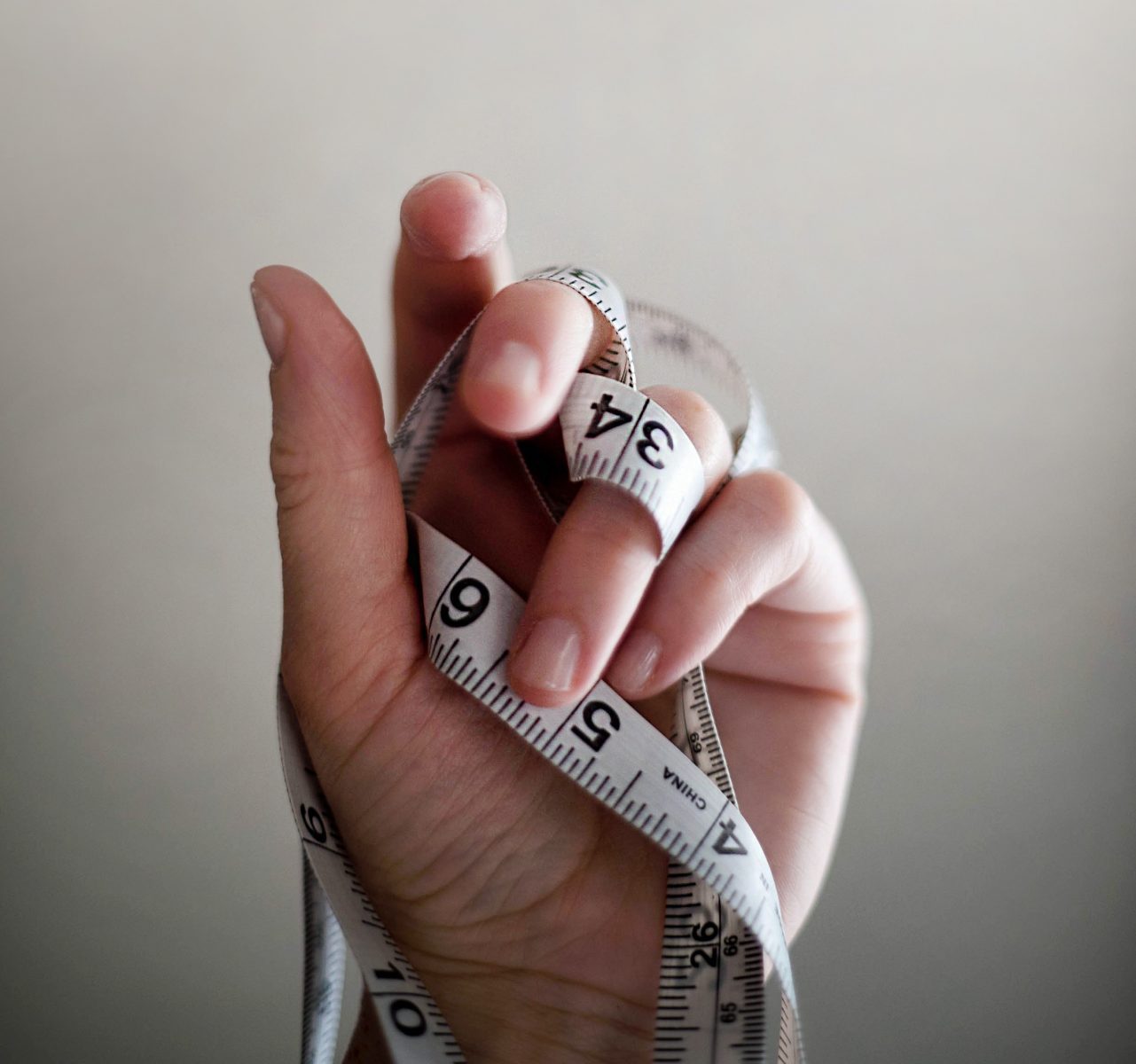
This is what Jack had to say “PPC focuses on buying traffic, where Paid Media is all-encompassing and doesn’t tie itself to one specific strategy. We can pay-per-click, impression, or video view – just as three examples.
“It is taking it more down a content focus and nurturing the user. The most important question behind that is proving how a piece of content that has been created has generated sales.
“Providing that feedback is the million-dollar answer in this industry. For me, it comes down to attribution and how a consumer has responded after reading the content. If that same consumer has visited 10 additional pages after it but didn’t convert, that still shouldn’t be considered a waste.
“Tools, like Google Analytics, can help Paid Media professionals track them through and generate reports that show user flow or paths that have been taken to conversion.
“So from a piece of content or PR that has been promoted through Paid Media, we can see the journeys consumers are taking. Following on from that, the data can be used to feed into the sales campaigns that are being run in conjunction with the content and target people specifically that came to a site through the ad that was created.”
Reputation management – How Paid Media can support PR in a crisis
Fact: PR is not all a bed of roses.
Sometimes, there is a requirement to be reactive and turn into a firefighter in order to protect a brand. That can resort to press statements being drafted, new measures being implemented, and, depending on the size of the issue, a whole lot of media liaison.
Leveraging every marketing channel to combat negative PR becomes inevitable, but just like many of the other topics that have been considered above, Paid is not considered as part of a crisis communications strategy.
However, there are two reasons why it should be considered essential: targeted keywords and ads messaging.
By utilising both, businesses can support their ‘firefighting’ efforts by promoting a key message or pushing neutral or more positive stories or content – making the most of the fact that Paid will always sit above organic in Google’s search results.
This is what Jack had to say: “It’s an interesting concept. The easiest way to describe this is to have a press release that reacts to a negative one already out in the media and push it out as wide as possible – essentially a reach-focused campaign across channels like YouTube and Spotify.
“A different way to tie this in is with a website that has got a poor organic lift in Google search and has a number of negative stories that are above it. There is a big SEO job there, but Paid Media, regardless, will always sit above organic content.
“Google ads always sit at the top of a page, so something as simple as running a paid ad against a search term for a company that has received terrible reviews, you can drive traffic to a page that is built in response to the negative activity. It ties in nicely.”

Three steps you can take away to make your content work harder
1 – Targeting the perfect audience in line with your content – we can take a story about a sustainable product. The absolute default you will receive from a Paid specialist is the industry it is specific to and the network that it fits best within. For example LinkedIn can target best on industry, job title, company size, or radius. In keeping with the sustainable product angle, we can target procurement managers or sustainability officers within the specific sector we want to target this product to and get the ad in front of them as many times as possible.
2 – Tracking engagement and next step of the journey – still speaking hypothetically, we can then see that 7,452 people looked at the article from that Paid campaign. That creates a separate list and gets pumped through every network we have access to. We know that it is the perfect person, because we specified our targeting on industry and job title, but rather than targeting them with a content focus, we now switch to a sales focus and provide them with a business’ range of sustainable products because we now know, given that they clicked on the content, that they’re interested in the topic or the product.
3 – Splitting lists and adapting your approach – we can split up that list based on how engaged they were with the content. While 7,452 looked at the content or visited the URL, we can split them based on low and high engagement, who consumed that content well or not at all. If someone spent several minutes on the page, there is a significant chance that they consumed the entire content. Those people are also more likely to purchase than somebody who clicked through but left after 10 seconds. For those with lower engagement, we can tailor the ads and messaging to try and bring them back or to visit similar articles.

Final thoughts
Paid Media is changing and it’s important that brands and businesses change with it in order to make their content work harder than it has before.
Now far more than just a tool for advertising, Paid Media has the ability to take quality content and storytelling, and target it at a granular level, support long-term brand awareness activity, and allow PR and content teams to make more educated decisions moving forward.
All that has to happen in order to achieve that?
Ensure PR and Paid are talking more than what they have done in the past – they need to join forces to make content go further.
Want to speak to one of our PR or Paid Media specialist? Get in touch.






